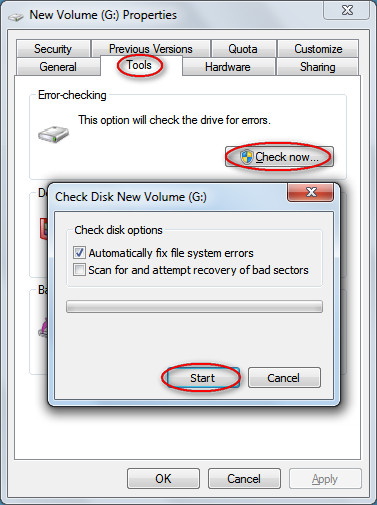

- Ms word for mac show filename extensions how to#
- Ms word for mac show filename extensions pdf#
- Ms word for mac show filename extensions windows#
Custom propertyīut you may want to avoid associating any macro with your word document to avoid security issues (e.g. Writing a macro, as has suggested, is probably the most convenient work around. I invite you, and others visiting this post, to up-vote that suggestion. Long term: Feature requestįor the long term I've made a feature request with Microsoft at: Indeed there is no "basename only" option for the FileName field.
Ms word for mac show filename extensions pdf#
Maybe you could explain some more what you want to achieve with having the filename in the document header? Are you trying to use the filename in the document header to set some PDF property during conversion? Why not use the Document Title? Do you need the original filename in the PDF later - why? Also this Macro would run once and you would need to run it again when the filename changes. ".doc" - if you safe a ".docx" the "." would be preserved. What it does is simply strip the last 4 characters of the "Filename string" e.g. Selection.InsertBefore Text:=Left(ActiveDocument.Name, Len(ActiveDocument.Name) - 4) So, either you change that setting or you need some code.Ī very simple Macro would be the following: Sub InsertCurrentFileName()

Ms word for mac show filename extensions windows#
To show or not to show (Shakespearean style) the extension is purely up to the Windows Explorer setting to show or hide known file extensions. Contact the support team at Stellar to get further assistance.Insert > QuickParts > Field > FileName is the way to go, but as you see from the screenshot below, you do not have the option to turn the file extension on or off. This message appears if your Excel file has turned severely corrupt. I downloaded the repair tool, but it says, “File is severely corrupted, cannot be previewed.” What should I do next?Ī. You can get back all the Excel file data shown in the preview window. Stellar Repair for Excel displays a preview of all the recoverable data. Can I get back all my data using the Excel repair tool?Ī. I get the error message ‘Excel cannot open the file filename.xlsx because the file format or file extension is not valid’ when trying to open it. But if nothing works, you can try to repair the Excel file and retrieve its data using the Stellar Repair for Excel software. This article has covered some of the most effective workarounds to resolve the error. Also, the error may occur if the Excel file has turned corrupt. You may encounter the error ‘Excel cannot open the file because the extension is not valid’ when opening a workbook with a different file format or an incorrect file extension.
Ms word for mac show filename extensions how to#
To learn how the software works, read this: How to repair corrupt Excel file using Stellar Repair for Excel? Also, it helps recover all the file components, including tables, pivot tables, cell comments, charts, chart sheets, images, formulas, etc., without impacting the original structure of the Excel file. Stellar Repair for Excel software can help repair severely corrupted XLS and XLSX files. In the file properties dialog box, click the Security tab and then hit the Edit button.Right-click on the file that won’t open and click Properties.Follow these steps to change the file permissions and see if it fixes the problem: Usually this happens when you try to open an Excel file received from some other user. You may receive the ‘Excel file format or file extension is not valid’ error if you lack sufficient permissions to open the file. Workaround 2 – Edit the Excel File Permissions Select a file format (i.e., the one supported by your Excel version).Ĭheck if you can open your Excel file. In ‘Excel Options’ window, under Save workbooks section, click on the Save files in this file format: drop-down.In Info screen that appears, click on Options.Note: For Excel 2007 and earlier versions, click on the Office button. In Excel 2010 and newer versions, click on the File menu.Note: Take a backup of the Excel file that you cannot open and try the steps on the backup copy. To fix the error, try changing the Excel default file format by following these steps:

Trying to open the file with a different or incorrect extension may cause the ‘Excel cannot open the file because the extension is not valid’ error. Try any of these workarounds to fix the error and regain access to your Excel file data: Workaround 1 – Change the Default File Formatīy default, an Excel file is saved in. How to Fix ‘Excel Cannot Open the File Because the Extension Is Not Valid’ Error?


 0 kommentar(er)
0 kommentar(er)
